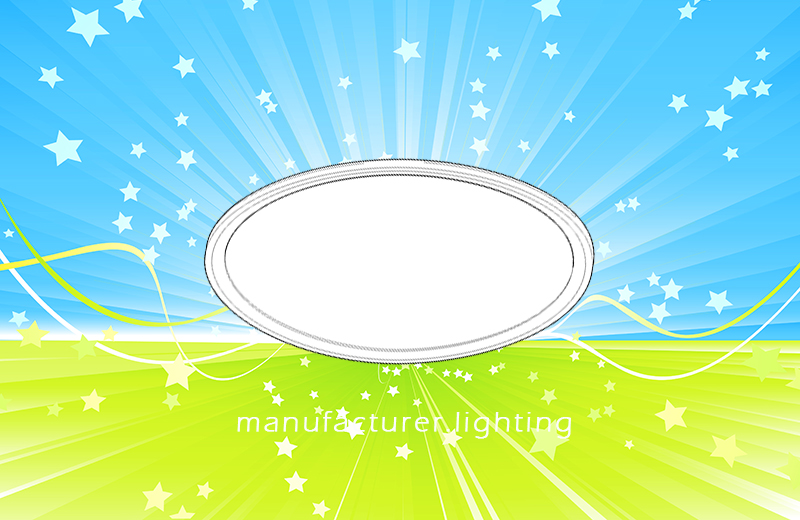OLED lighting holds great promise for its outstanding light quality and design flexibility. A general OLED has a structure including organic layers comprising a hole injection layer (HIL), a hole transport layer (HTL), an emissive layer (EML) and an electron-transport layer (ETL) sandwiched between an anode and a cathode. When an electric current is charged between the two electrodes, the organic layers emit light over the entire surface of the functional area. Correspondingly, OLEDs are known as surface emission devices. OLEDs can be applied to rigid surfaces as well as flexible and bendable substrates which can be arbitrarily shaped. This unique physical property in combination with its slim form factors opens up an entirely new world of design, offering the highest degree of freedom in the design of light fixtures that organically complement the interior decor. OLEDs produce naturally diffuse and pleasant light with wavelength spectrum tailored to closely resemble the sunlight spectrum for excellent color rendering. With extremely thin design and enhanced color quality, a range of innovative applications and striking designs can be created to provide compelling lighting experiences in a variety of residential and commercial applications.




